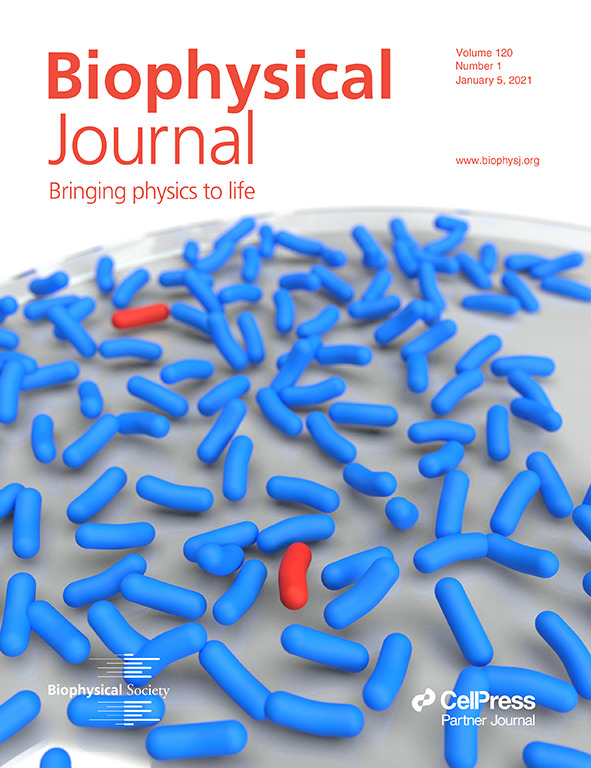Persistence as an optimal hedging strategy
AP Browning, JA Sharp, T Mapder, Christopher M Baker, K Burrage, MJ Simpson
Biophysical Journal (2021)
AP Browning, JA Sharp, T Mapder, Christopher M Baker, K Burrage, MJ Simpson
Biophysical Journal (2021)
Bacteria invest in a slow-growing subpopulation, called persisters, to ensure survival in the face of uncertainty. This hedging strategy, which we term cellular hedging, is remarkably similar to financial hedging where diversifying an investment portfolio protects against economic uncertainty.
In this work, we provide a new foundation for understanding cellular hedging by unifying the study of biological population dynamics and the mathematics of financial risk management. Our approach explicitly incorporates environmental volatility as a stochastic process, and we seek to find the persister strategy that maximizes the expected per-capita growth rate by formulating a stochastic optimal control problem. The analysis demonstrates that investing in persister production is only advantageous in the presence of environmental volatility, suggesting a stochastic model is essential to elucidate the phenomenon. Analytical and simulation results probe the optimal persister strategy, revealing results that are consistent with experimental observations and suggest new opportunities for experimental investigation. Overall, we provide a new way of modeling cellular decision making by unifying previously disparate theory from mathematical biology and finance.
